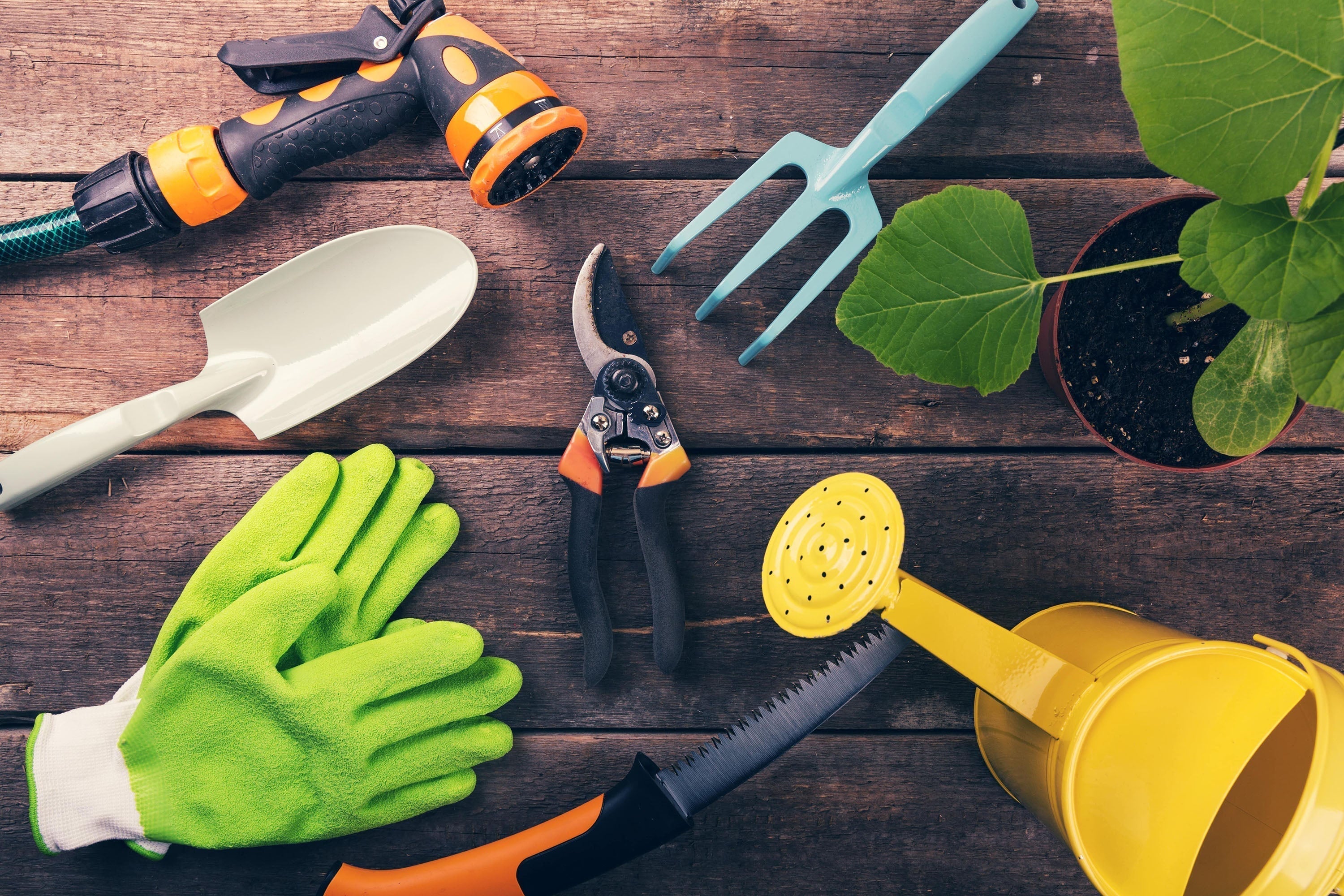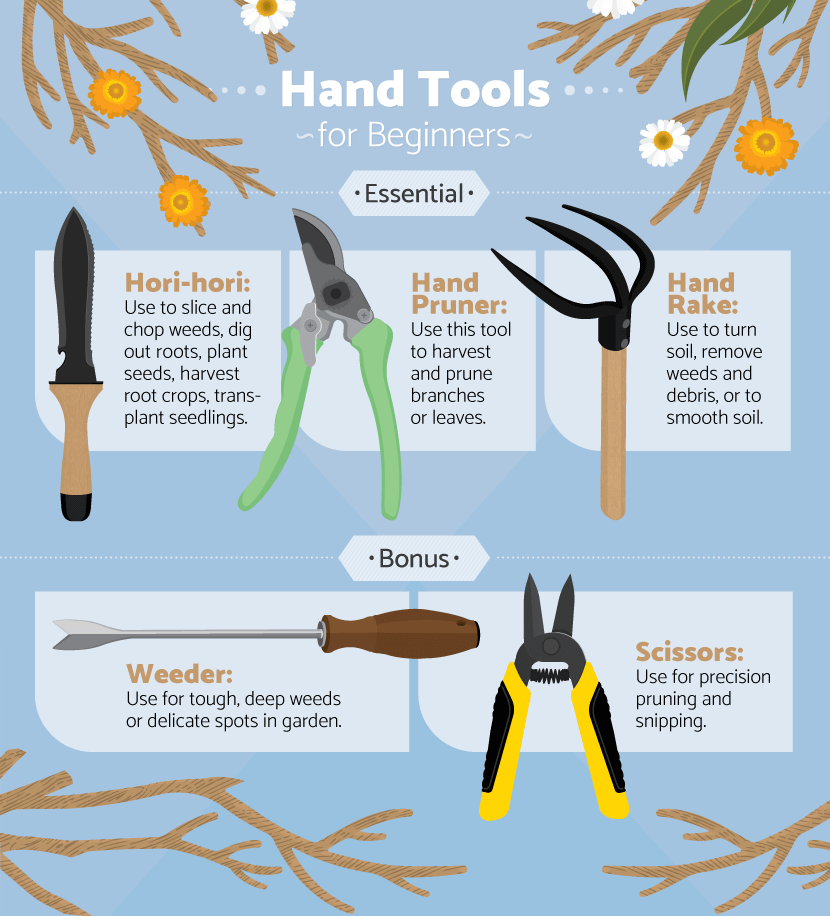My Journey with Asian Gardening Tools
Okay, let’s talk about these Asian gardening tools. It wasn’t like I woke up one day and decided my old trowel wasn’t good enough. It started kinda slowly. I saw some folks, mostly older gardeners, using these really simple-looking tools, almost delicate, but they moved so fast and neat through their garden beds. My own heavy spade and fork felt clumsy compared to that.
So, I got curious. I started looking around. My first buy was one of those Japanese hand hoes, the ones with the angled blade? Not sure of the exact name, maybe a Nejiri Gama? It looked flimsy, honestly. I picked it up, felt light, almost cheap compared to my solid metal tools.

Then I actually used it. I went out to the vegetable patch, where the weeds were getting thick between the lettuce rows. Normally, I’d be down on my knees painstakingly pulling by hand or hacking away carefully with a big hoe, often disturbing the lettuce roots. But this little hand hoe? Wow.
- I just scraped the surface.
- The sharp edge sliced the weed stems right off.
- It was so precise, I could get right up next to my plants without nicking them.
- It felt effortless, more like drawing than digging.
Discovering the Hori Hori
Next, I stumbled upon the Hori Hori knife. This looked more substantial. A heavy-ish blade, slightly curved, sharp on one edge, serrated on the other, with markings for depth. I thought, okay, this looks useful. I bought one.
This thing quickly became my go-to. Seriously. Planting bulbs? Easy. The narrow blade goes right in, pop the soil out, drop the bulb, push soil back. Need to measure planting depth? Markings right on the blade. Tough roots in the way? Saw through them with the serrated edge. Need to cut twine or open a bag of compost? Sharp edge works great. It replaced my trowel, my soil knife, and sometimes even small clippers for certain tasks.
I started using it for everything:
- Digging out deep-rooted weeds like dandelions.
- Dividing perennials.
- Making planting furrows.
- Even light chopping of stems for the compost bin.
It felt sturdy and incredibly versatile. Holding it felt right, like an extension of my hand rather than a heavy implement.
Simple Sickles and More
After that, I got bolder. I picked up a small, sharp sickle, a Kama. Not the big scary kind, but a smaller one for clearing grass and tougher weeds around edges where the mower can’t reach. Again, the technique was different. Less hacking, more slicing. It took a bit to get the wrist action right, but once I did, it was faster and cleaner than using shears or a trimmer for certain spots.

Over time, I’ve added a few other pieces, like different shaped small rakes and cultivators. The common thing I found? They often seem lightweight, maybe less ‘heavy-duty’ than Western tools. But they are usually incredibly sharp, designed for specific tasks, and often require a bit more finesse than brute force. Using them feels more connected to the soil somehow.
Honestly, I still use my big shovel for heavy digging. But for most day-to-day gardening? Weeding, planting, cultivating? I find myself reaching for these Asian-style tools almost every time now. They just work better for me, less strain on my back and wrists, and I feel I get the job done more precisely. It’s been a real practical improvement in my gardening routine.




















